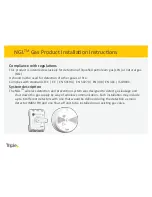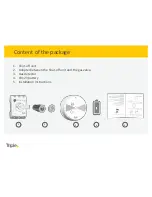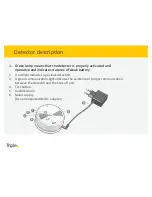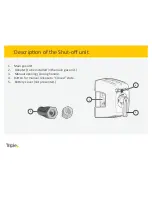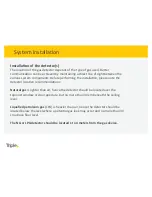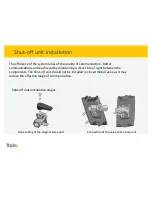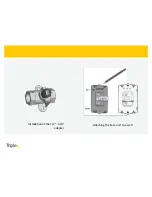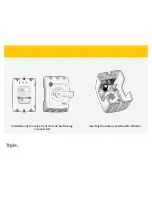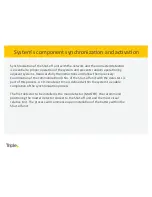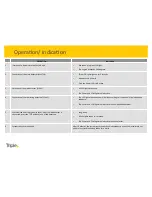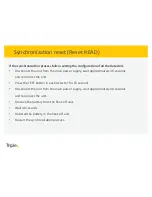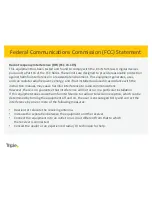
•
In a closet or in any closed compound.
•
Where unit ven3la3on may be obstructed by curtains or furniture.
•
Where dirt and dust may accumulate and block the sensor, preven3ng its opera3on.
•
Where there is humidity and moisture.
•
Directly over cooking installa3ons.
•
Directly over sinks.
•
By a door, window or any other place that may be subject to drads such as an air
extrac3on fan or ven3la3on aperture.
•
Anywhere out of a structure.
•
Where temperatures may drop below zero degrees cen3grade or exceed 55 degrees
cen3grade.
•
Where it may be subject to impact or damage.
•
When the sensor is installed in an area with rough working condi3ons such as extra
wet kitchens and laundry rooms, it should be protected by a transparent plas3c case
with holes at its boYom.
Places where the detector should
NOT
be posi3oned


